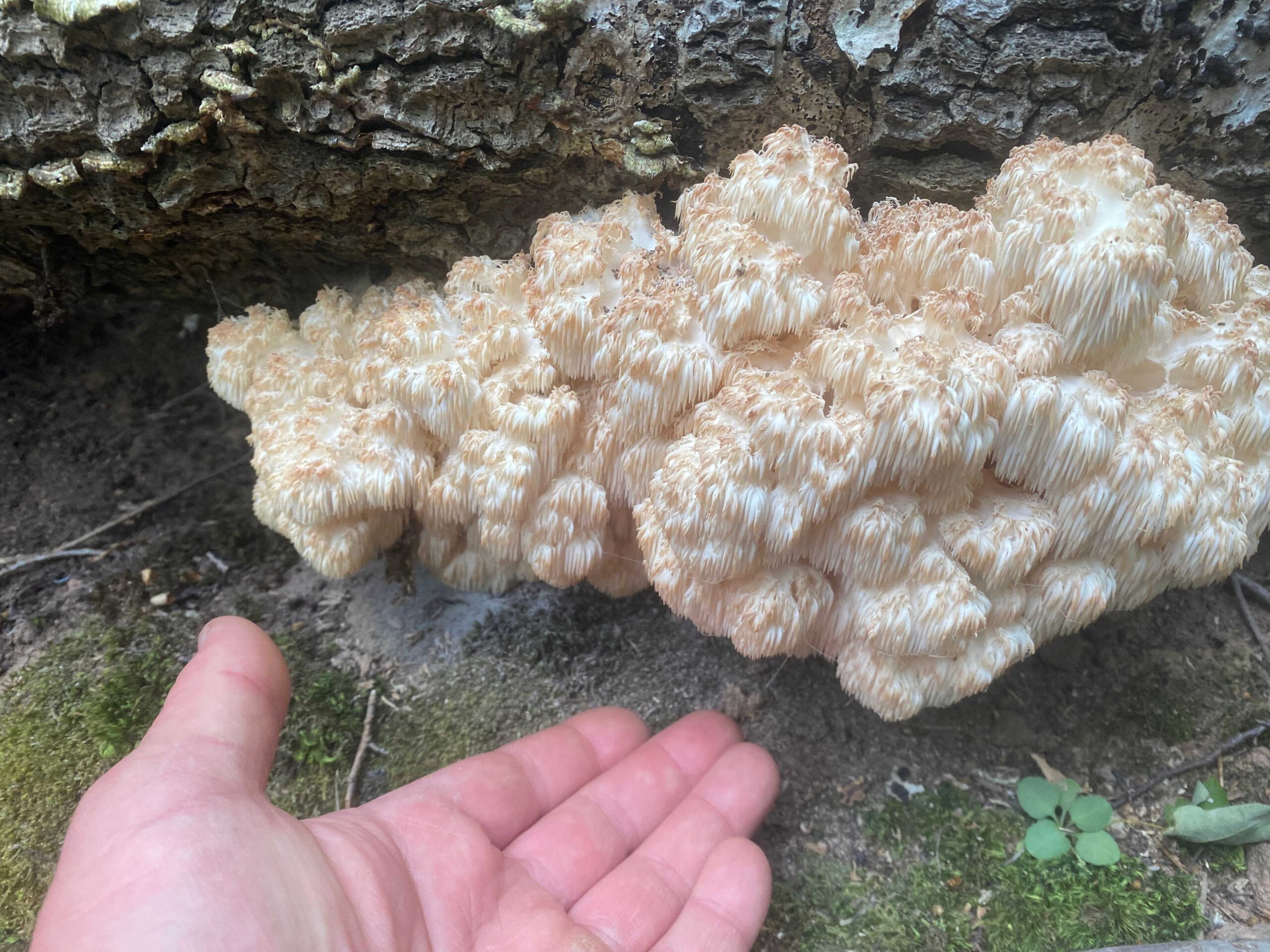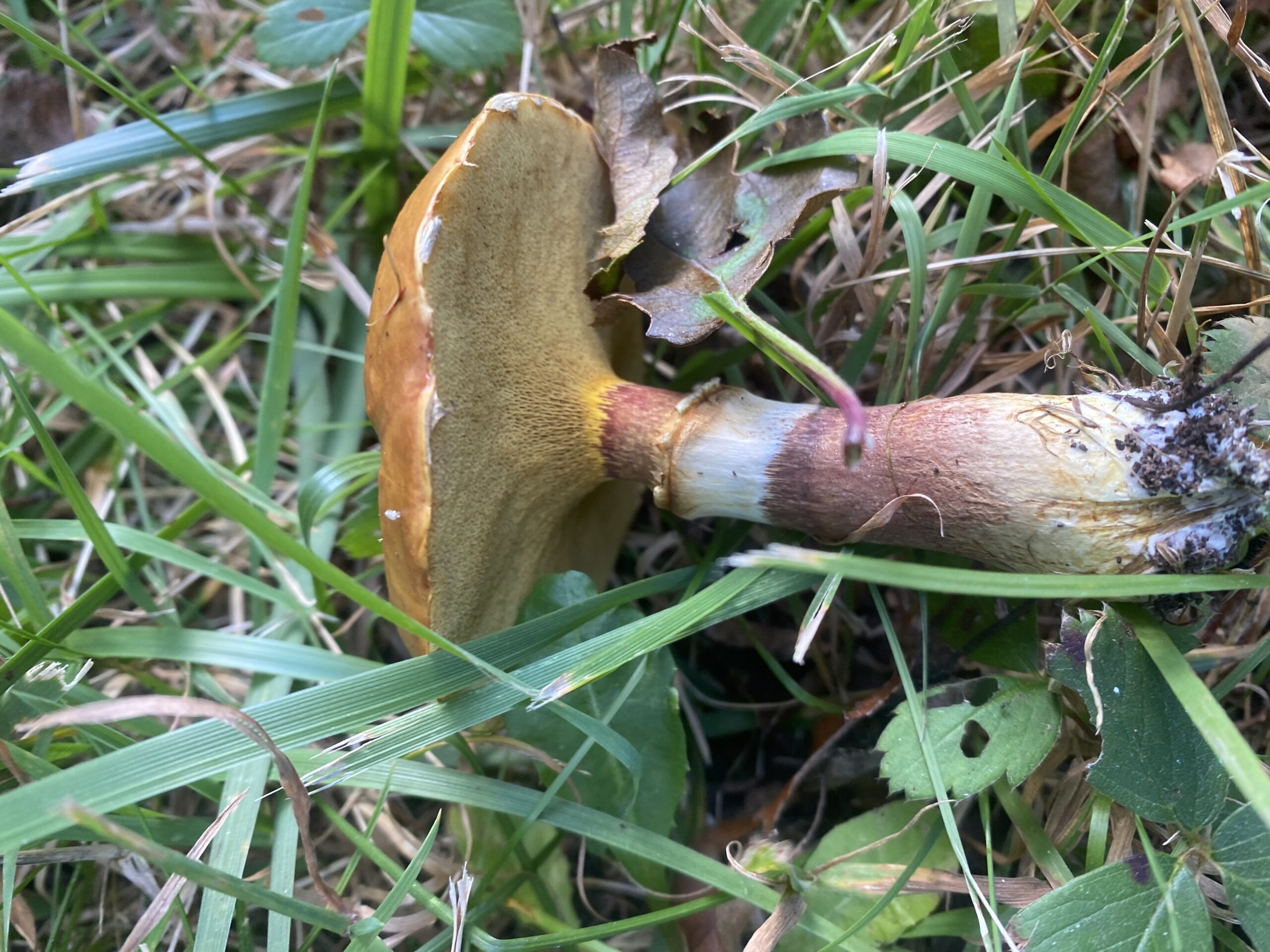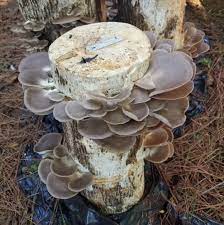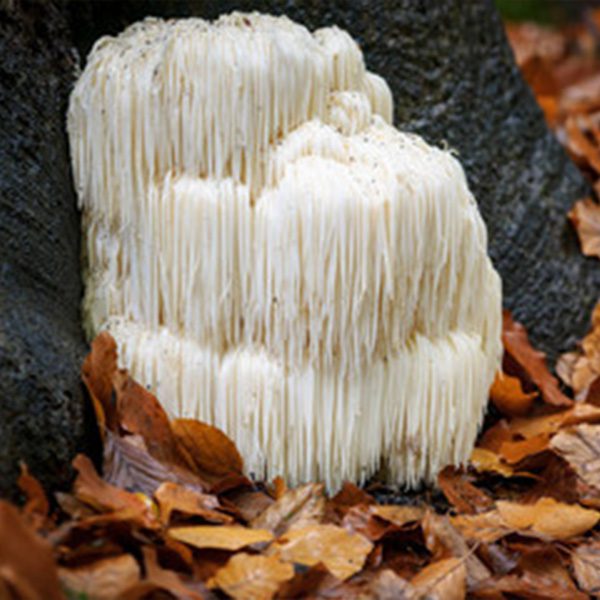How to grow lions mane
If you’re interested in cultivating your own crops, you may want to consider growing lion’s mane mushrooms. These edible fungi have a unique appearance, resembling bushy white heads, and offer nutritional benefits.
But where do you begin? In this article, we’ll provide guidance on how to grow lion’s mane mushrooms. We’ll cover the basics of cultivating this type of fungus, including temperature, humidity, substrate, and more.
Whether you’re a seasoned grower or a first-time cultivator, this guide will equip you with the knowledge you need to create an optimal growing environment and embark on your lion’s mane mushroom-growing journey. So let’s get started on learning how to grow lion’s mane mushrooms.
Where to Grow Lion’s Mane Mushrooms
When it comes to growing lion’s mane mushrooms, understanding the ideal growing conditions is essential for a successful harvest. Luckily, these mushrooms can be grown both indoors and outdoors, making it possible for a variety of growers to take part in the process.
Indoor cultivation is a convenient option for those with limited outdoor space or who live in areas with unfavorable weather conditions. Using mushroom kits allows for a controlled environment with specific temperature and humidity levels. This method is perfect for beginners who want to experiment with growing lion’s mane mushrooms.
For growers with more outdoor space, cultivating lion’s mane mushrooms on logs or supplemented sawdust blocks is a popular choice. These methods require minimal maintenance and can produce a bountiful yield. It’s important to choose a location that is protected from too much sun or wind, such as a shaded spot beneath a tree.
Regardless of the method you choose, the growing conditions must be optimized to ensure the best possible harvest. Keep an eye out for any signs of distress or infestations, and adjust your growing conditions accordingly. With the right environment, growing lion’s mane mushrooms can be a fun and rewarding experience.

Temperature and Humidity Requirements for Growing Lion’s Mane Mushrooms
For successful cultivation of lion’s mane mushrooms, it’s crucial to provide specific temperature and humidity levels that promote optimal growth. The recommended temperature range for growing lion’s mane mushrooms is between 18-25°C (64-77°F) with humidity levels of 85-95%. These conditions stimulate the mycelium’s growth resulting in higher yields and better quality mushrooms.
To maintain the ideal temperature, it’s recommended to use a thermometer or a temperature controller that regulates the growing environment automatically. Additionally, any fluctuation of humidity levels can negatively impact the growth of the mushrooms. Thus, it’s essential to ensure the growing space is adequately humidified throughout the process. One way to maintain the desired humidity levels is by using a humidifier or a spray bottle to mist the growing surface and the surrounding area when necessary.
Remember, maintaining the ideal temperature and humidity levels is crucial for the successful cultivation of lion’s mane mushrooms. With these factors addressed, your journey towards growing these delicious and nutritious mushrooms will be off to a great start.

Methods and Substrate for Growing Lion’s Mane Mushrooms
The success of cultivating lion’s mane mushrooms substantially depends on the selection of growing methods and substrate. Different options will influence the growth rate, yield, and quality of the harvested mushrooms.
Indoor Cultivation
Indoor cultivation offers a convenient and straightforward option. You can acquire mushroom kits that contain everything necessary to cultivate lion’s mane mushrooms. Kits include sterilized growing substrates, spores, and instructions. The substrate generally consists of a blend of straw, sawdust, and other supplements. Follow the instructions to create a high-humidity environment, and place the kit in a temperature-controlled spot.
Outdoor Cultivation
Outdoor cultivation provides a cost-effective option. The most common techniques include log cultivation and supplemented sawdust blocks. It is advantageous to select appropriate logs and supplement the substrate with nitrogen-rich additives, such as chicken manure. Before inoculation with spores, logs must be soaked in water for 24 hours to increase moisture content, and then left to dry for several days. Sawdust blocks require a pasteurization process before inoculation. After inoculation, keep the logs or blocks in a shade-covered area with ample moisture.
Ideal Substrate and Additives
The ideal substrate for lion’s mane mushrooms is hardwood sawdust supplemented with bran or other nitrogen-rich additives. Commercial growers often mix wheat bran, rice bran, or soybean meal with sawdust. It is crucial to sterilize the substrate before inoculation to remove any competition from other microorganisms. Another effective method to enhance growth and yield is to add calcium and activated charcoal to the substrate. Calcium activates beneficial enzymes and strengthens the cellular structure, while charcoal increases the surface area for colonization by spores.
- Indoor cultivation using pre-made mushroom kits
- Outdoor cultivation using logs or supplemented sawdust blocks
- Hardwood sawdust supplemented with bran, rice bran, or soybean meal
- Sterilization of substrate with calcium and activated charcoal supplementation
With the right combination of method and substrate, you can successfully cultivate high-quality, delicious lion’s mane mushrooms at home. Start your journey with one of the various options presented here, and enjoy the fruits of your efforts!
Conclusion
Growing lion’s mane mushrooms is a fulfilling and satisfying activity that requires attention to detail and careful monitoring of environmental factors. By following the recommendations outlined in this article, you can successfully cultivate these gourmet mushrooms and enjoy the delicious taste and numerous health benefits they offer. Remember to maintain the proper temperature and humidity levels and choose the right substrate and growing method that works best for you.
With dedication and patience, you can grow your own lion’s mane mushrooms and impress your friends and family with your culinary skills. So what are you waiting for? Get started today and experience the joy of growing your own delicious, nutrient-rich mushrooms!





